A good hockey referee is like a good medical doctor. He must take the pulse and the temperature of the game and make a diagnosis. An official also must channel a good psychologist and understand what's going in in the minds of the players and coaches. As a former pro player myself, this was an area where I had a bit of an advantage over some of my officiating peers.
One big difference: hockey officiating is more art than science.
The art of hockey officiating is somewhat akin to being the conductor of an orchestra. The official must feel the game and allow it to flow. As an official, one should hate the whistles. A moving puck is an official's best friend. When the puck stops is when the trouble starts.
The cliché about a good referee being one you never notice is false.
There are going to be tough calls in this sport and some that are going to be controversial even if you make the right ruling. A good official must embrace the pressure and be decisive.
He (or she) must also realize that there WILL be calls you miss. When you screw up, admit it. Then move on and get the next call right. When working with young officials, I often discuss the importance of accountability and acceptability.
Accountability is best exemplified by U.S. President Harry Truman's famous declaration that "the buck stops here." The saying is a twist on the slang expression "passing the buck"; in other words, shirking responsibility and passing it on to someone else, especially if there's a screw-up and someone is to be blamed for the mistake.
As a referee, I always believed that the buck stopped with me to exercise proper judgment about whether to make a call or to let something slide. There are three components to making a call:
1. The action of a player,
2. The rule book definition of that action's legality, and
3. The effect of that player's action on an opposing player and/or the flow of the game.
Some officials weigh the third factor more heavily than others. I was always one to use my feel for the game and the flow of play as a guiding factor in making a judgment call. I knew full well that the buck would stop with me. I had to be accountable and my attitude was bring it on -- they gave me a sweater and a whistle and I knew the rulebook, so let me judge.
Accountability as a hockey official means that you are answerable to your teammates (meaning your fellow officials). It means that, within reason, you are willing to explain a call to the team captains and benches and face the music if you know you messed up. It also means knowing when the time for talk is over. Finally, it means that you are willing to accept constructive coaching and criticism from your supervisors, and not only take it to heart but also put their advice into practice as best as possible.
The best possible thing that an official -- or player or coach -- can gain is acceptability. That means you can work well with the game and enjoy the respect and tolerance to dust yourself off when you make a mistake and keep moving forward.
When I learned how to officiate, the mantra is skate where you need to skate to see what you need to see. Proper positioning is the key to selling the call. In today's game, officials are trained to focus on staying out of the way even to the detriment of being in position to make certain calls.
Remember that the next time you see an NHL referee in the corner blow play dead around the net when the puck is loose but he lost sight of it for lack of the best possible view of the play. They have been coached to position themselves that way.
When people complain about the "subpar" officiating in the NHL, I always tell them to look first at the coaching and instructions the officials receive. The NHL Rule Book is a messy, poorly written document. The hiring and assignment practices are not nearly as performance-based as they should be. Lastly, the coaching and supervision of officials is steeped in negative reinforcement rather than setting its referees and linesmen up for success.
Until those things change in a meaningful way, NHL officiating will be less than it can -- and should -- be.
******
Paul Stewart holds the distinction of being the first U.S.-born citizen to make it to the NHL as both a player and referee. On March 15, 2003, he became the first American-born referee to officiate in 1,000 NHL games.
Today, Stewart is an officiating and league discipline consultant for the Kontinental Hockey League (KHL) and serves as director of hockey officiating for the Eastern College Athletic Conference (ECAC).
The longtime referee heads Officiating by Stewart, a consulting, training and evaluation service for officials. Stewart also maintains a busy schedule as a public speaker, fund raiser and master-of-ceremonies for a host of private, corporate and public events. As a non-hockey venture, he is the owner of Lest We Forget.
Stewart's writings can also be found on HockeyBuzz.com every Monday, Tuesday, Thursday and Friday. He is currently working with a co-author in writing an autobiography.